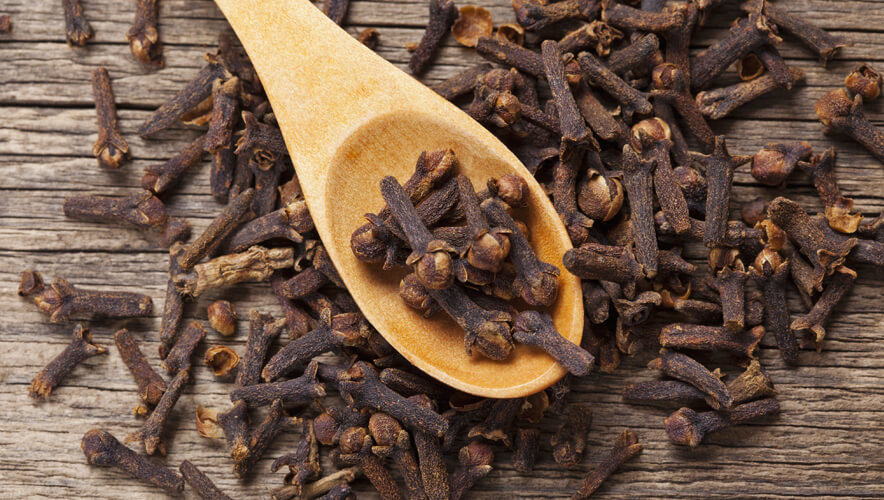Editor’s Note: Human Touch
On the side of a steep hill in rural Indonesia, there is a clove tree named Afo. The stunted tree, which is surrounded by a brick wall, represents a vicious trade war, the beginning of globalization, and the world’s introduction to multinational corporations.
Simon Worrall, in an article for BBC News, recounts his visit to the tree and the history it represents. After pushing out other Western stakeholders in 1652, The Netherlands United East India Company (VOC) implemented a policy called extirpation. “All clove trees not controlled by the VOC were uprooted and burned,” writes Worrall. “Anyone caught growing, stealing, or possessing clove plants without authorization faced the death penalty.”
VOC kept supply low to ensure that prices remained high. After the clove quota was reached, “the rest of the harvest was burned or dumped in the sea,” writes Worrall.
But the rogue clove tree Afo escaped the purge and, with a little human help, would bring down the entire clove monopoly.
In 1770, a Frenchman secreted away some cuttings from Afo. He took them to Zanzibar, now the world’s largest global clove supplier.
In an article in The New York Times, Ligaya Mishan writes, “spices were among the first engines of globalization, not in the modern sense of a world engulfed by ever-larger corporations but in the ways that we began to become aware, desirous even, of cultures other than our own. Such desire, unchecked, once led to colonialism.”
The human desire for the exotic has not waned. “Though the spice trade is less violent today, in other ways, it hasn’t changed much over the centuries,” writes Alison Stein in the article “How Technology is Changing the Spice Trade” for Experience magazine. Stein notes that “the vanilla in your spice cabinet probably grew in Madagascar, the black pepper in Vietnam, the nutmeg in Indonesia, the ginger in China.”
But technology, including increased smartphone use, is helping people shorten the route from grower to distributor, writes Stein. “For the first time in the spice trade’s long history, it’s possible to collapse a long supply chain to just one link: farmer to retailer.”
Modern supply chains continue to transform how the world works, how cultures are interconnected, and how technology fuels all of these interactions. This month’s cover story, “Defending Dinner” by James T. Summers and Frank Pisciotta, discusses a sometimes-overlooked aspect of the current global food chain—the people who grow, harvest, process, and distribute that food.
Adulterated food can move along the supply chain and undo a company or even threaten an entire food group. And while many companies look to external factors in assessing the threat, this approach may be misguided.
According to Summers and Pisciotta, “the evidence points to a much higher likelihood of insider attacks against the food supply for reasons other than terrorism, meaning it is critical for every organization to improve its ability to identify an inside attacker.”
